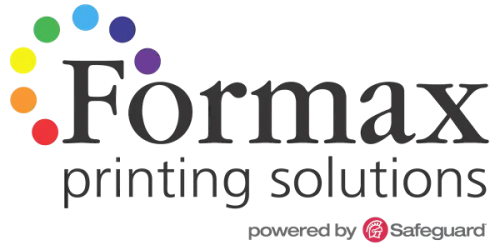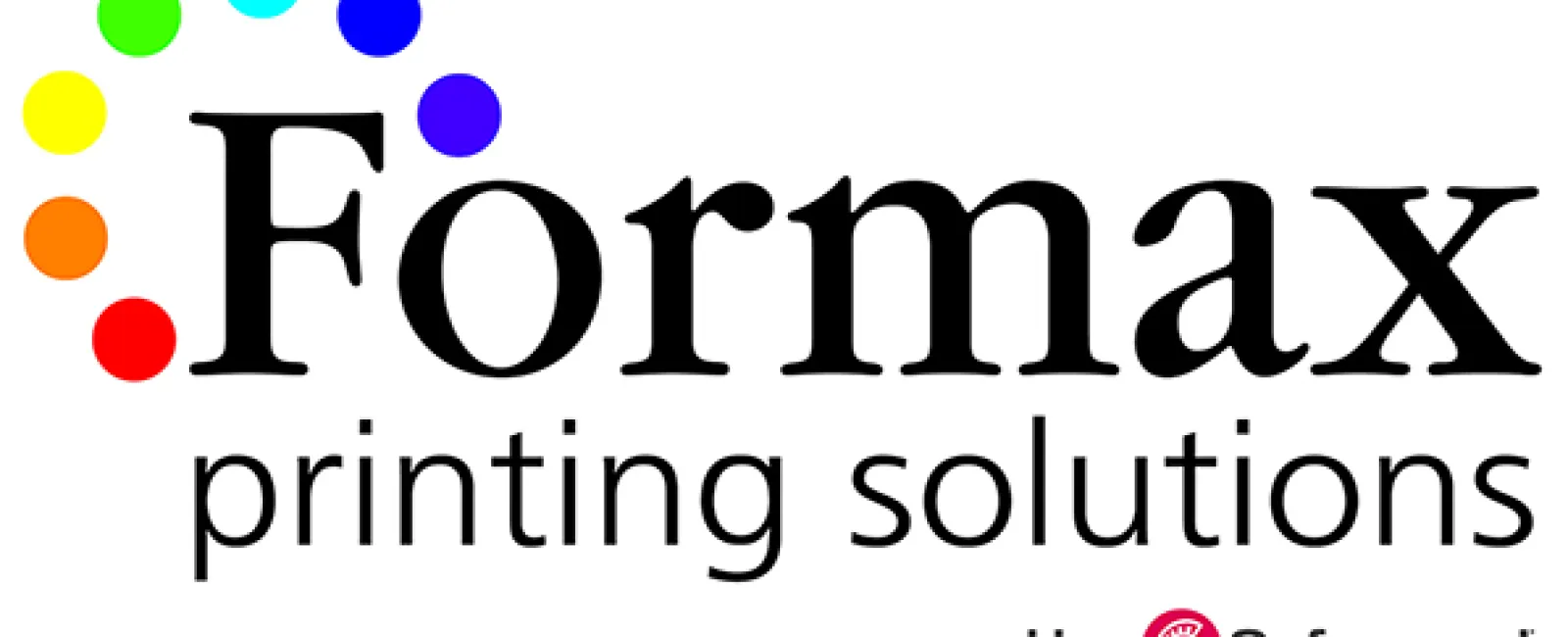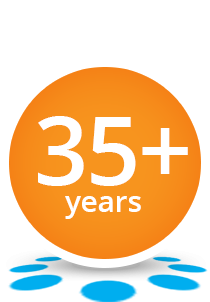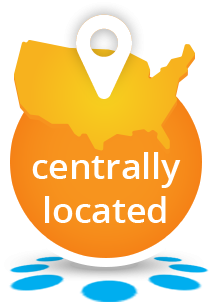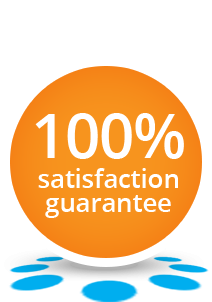Understanding the Advantages of Perfect Binding and Saddle Stitch Binding
In the world of printing and publishing, binding methods play a crucial role. They not only hold the pages together but also contribute to the overall aesthetic and functionality of the printed material.
Two popular binding techniques are perfect binding and saddle stitch binding. Each has its unique advantages and applications, making them suitable for different types of projects.
Perfect binding, commonly used for novels and catalogs, offers a clean, professional look. It's ideal for books with a higher page count and provides a more substantial feel.
On the other hand, saddle stitch binding is a quick, economical method often used for smaller booklets and brochures. It allows the booklet to lay flat when opened, which is ideal for reading and display purposes.
The choice between perfect binding and saddle stitch often depends on the project's budget, purpose, and desired aesthetic. This article aims to help you understand these two binding methods better, comparing their advantages and guiding you in choosing the right technique for your specific printing needs.
So, whether you're a publisher, author, graphic designer, or a DIY publishing enthusiast, read on to gain valuable insights into perfect binding and saddle stitch binding.
What is Perfect Binding?
Perfect binding is a common technique in bookbinding. It involves gluing the pages and cover together at the spine. This is done using a strong, flexible thermal glue, resulting in a flat spine.
Perfect binding is ideal for books with higher page counts. It's widely used for creating professional-quality magazines, catalogs, and corporate reports.
This method gives printed materials a sleek appearance and allows for printing on the spine. Spines can display titles or other information, enhancing usability.
Perfect binding is particularly beneficial for projects that need a more polished and enduring feel. Its ability to accommodate various paper types and weights also adds to its versatility.
What is Saddle Stitch Binding?
Saddle stitch binding involves folding sheets together. They are then stapled through the fold line. This creates a booklet-like appearance.
It's a fast, cost-effective method suitable for small runs. Ideal for lower page counts, usually fewer than 64 pages.
Saddle stitch is great for brochures, magazines, and event programs. Its format allows the booklet to lay flat when open.
However, it doesn't support spine printing, limiting title display. Yet, it remains a go-to for many due to its simplicity and efficiency.
Perfect Binding vs Saddle Stitch: Comparing the Techniques
Perfect binding and saddle stitch binding offer unique advantages. Choosing the right one depends on project needs and preferences.
Here's a quick comparison of the two methods:
- Binding Process: Perfect binding uses glue; saddle stitch uses staples.
- Page Count: Perfect binding suits larger books; saddle stitch is ideal for shorter publications.
- Appearance: Perfect binding gives a professional book-like look; saddle stitch has a casual and accessible feel.
- Printing on Spine: Perfect binding allows spine printing; saddle stitch does not.
- Cost and Speed: Saddle stitch is quicker and cheaper for small batches.
Both methods accommodate eco-friendly materials. Perfect binding, however, offers more customization in paper and cover options. Meanwhile, saddle stitch binding allows full-spread designs without content loss. Each binding method has situational strengths depending on the publication's purpose.
Advantages of Perfect Binding
Perfect binding creates sleek, professional publications. It's especially suited for higher page counts over 40 pages.
Books with perfect binding stack well on shelves. This makes them ideal for retail environments. Plus, they allow printed spines for title visibility, enhancing marketing appeal.
Perfect binding accommodates various cover finishes. This adds to the aesthetic versatility. It can elevate the look of novels and corporate reports significantly.
Another benefit is increased durability. The binding stays intact, providing more longevity, even with frequent use.
Perfect binding can withstand environmental factors better. It's often more resistant to temperature changes, helping preserve content.
Advantages of Saddle Stitch Binding
Saddle stitch binding excels in flexibility. It's perfect for quick, cost-effective projects with under 64 pages.
This binding type lets the booklet lay flat. Readers find this feature convenient for brochures or programs. It aids readability and display purposes.
Turnaround time for saddle stitch binding is impressive. It is fast, making it excellent for urgent projects.
Additionally, the method is beginner-friendly. It can be easily applied to DIY publishing efforts.
For smaller projects or frequent updates, it's ideal. Pages can be replaced efficiently, saving time and resources.
Overall, its simplicity and adaptability make saddle stitch binding a practical choice for many publishing needs.
When to Use Perfect Binding
Perfect binding is excellent for substantial books like novels or annual reports. It's suited for publications that exceed 40 pages.
Consider perfect binding if you need a professional look. The sleek finish is perfect for high-end marketing materials.
This method is ideal if you want to print on the spine. It's a great way to feature the book's title visibly.
If durability is a priority, perfect binding offers a robust solution. It ensures longevity in books that see frequent use.
Choose perfect binding if aesthetics matter. The variety of cover finishes can enhance the overall appeal.
When to Use Saddle Stitch Binding
Saddle stitch binding shines in projects with fewer pages. It's best for booklets with 64 pages or less.
Use this method for materials that need to lay flat. It's perfect for catalogs or programs where ease of reading is crucial.
Saddle stitch is ideal for projects with tight budgets. It's a cost-effective choice for small runs and informal publications.
When time is of the essence, saddle stitch is unmatched. Its quick setup ensures rapid production for last-minute needs.
Choose saddle stitch for simplicity in design. Its straightforward folding and stapling minimize complexity.
Cost Considerations: Perfect Binding vs Saddle Stitch
Cost plays a vital role in selecting a binding method. Perfect binding often requires a larger initial investment.
This method involves specialized machines and materials. It's usually more suitable for larger volume production to justify the setup costs.
On the other hand, saddle stitch binding is much more budget-friendly. It requires less expensive equipment and materials.
Smaller projects can benefit from saddle stitch's lower costs. This method is economical, making it perfect for limited-budget works.
When cost is a key factor, consider the project size. Saddle stitch is usually the more affordable choice for smaller quantities.
Durability and Usage: What to Expect from Each Binding Method
Durability often determines the life of bound materials. Perfect binding generally provides a longer-lasting option.
Its strength lies in the glued spine. This feature is ideal for books with high usage and frequent handling.
Saddle stitch binding, while not as durable, excels in flexibility. It can lay flat, enhancing readability for smaller booklets.
However, saddle stitch might experience wear at the staple points. It suits projects where easy page turning outweighs longevity.
Deciding between these methods involves weighing durability against intended use. Each has unique benefits that suit different needs.
Perfect Binding for Longevity
Perfect binding is revered for its sturdiness. Its adhesive spine supports heavier content volumes.
This method ensures a polished, book-like feel that endures over time. It's ideal for showcasing higher-value publications.
Saddle Stitch for Flexibility
Saddle stitch offers unmatched pliability. Its design allows pages to lay flat.
This convenience is perfect for hands-on materials like instruction manuals. It's a nimble choice for easy reading.
Lightweight and adaptable, saddle stitch meets the demands of dynamic documents.
Conclusion: Choosing the Right Binding for Your Project
Selecting the appropriate binding method depends on several factors. Consider the publication's purpose, longevity, and aesthetics.
Perfect binding offers durability and a professional appearance, ideal for thicker books. It represents a more substantial investment but rewards with enhanced durability.
On the other hand, saddle stitch binding delivers simplicity and cost-effectiveness. It's a prime choice for short-term and smaller-scale projects.
Each method has distinct advantages. Your choice should align with the project requirements and your printing budget. Do you have an upcoming project that would benefit from saddle stitch or perfect binding? Reach out to us at 866-367-6221 or submit our quote request form and we would be happy to help.
